Use these tips to curate a sound library and workflow that fit your needs as a sound editor.
Cutting effects and backgrounds often takes more work than simply grabbing the perfect sound and dropping it in. Build a library that covers the type of projects you typically work on, then follow these tips to learn how to approach library sounds in a way that makes them sound fresh or unique.
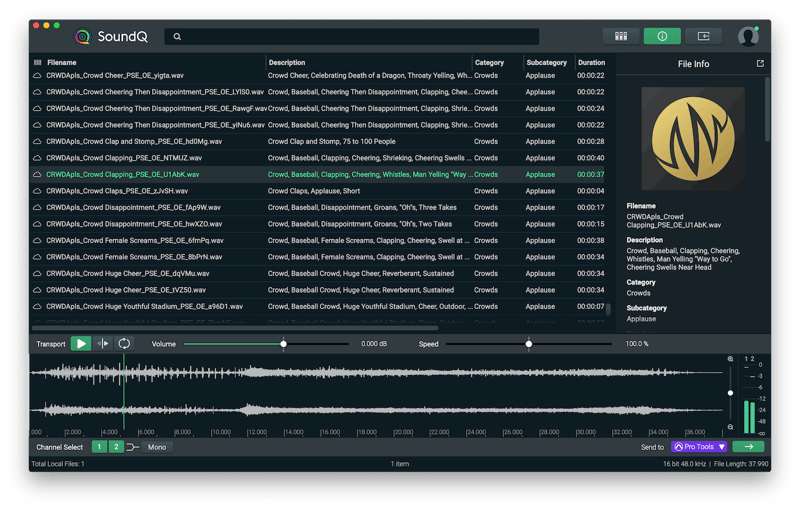
Start with a good general library.
Regardless of what type of work you do, having a good general library is a must. It will give you a good base of sounds to cover most of the typical situations you might come across when working on a film, tv or game.
Libraries like the CORE Bundles can work for many budgets (Creator, Standard, Pro, Pro Plus, or Complete) and give you a great selection of high-quality sounds that cover a wide variety of situations.
Accelerate your workflow and creativity with CORE.
Bundle and save on our highest quality sound libraries.
If you need a general library to get you started but have a limited budget, consider checking out CORE Creator, available for under $500.
No matter what library you go for, you should be able to search for things like “traffic”, “wind” or “door knock” and have multiple sounds to choose from. If you opt for one of the larger libraries, you will typically get more variety in your results. Also, for more obscure sounds like “peacock” or “jungle”, you are more likely to get results with one of the larger libraries like CORE Pro.
Regardless of which general library (or libraries) you go with, each project you work on will undoubtedly leave you with multiple cues in need of a more exact sound. This is where you can target certain categories in your library that you feel are lacking and use the opportunity to fill those gaps with a smaller, more focused library. Looking for some eerie winds? Something like Cinematic Winds might be for you.
Use these tricks to make the most of the sounds you have.
1. Don’t just use the beginning of a file.
I am personally guilty of this. As you get to know you sound library you tend to keep an inventory of certain tracks that work well for certain situations and just grab these files and drop them in starting at the beginning of the file.
For more dynamic tracks, like traffic or crowds, tracks tend to have certain incidentals (like a dog bark or horn honk) stick out every time you use that track. The easiest thing you can do to mix things up is to scroll through the track to see if there might be a different moment that works better. If you use the same track for multiple spots in a project, try to choose a different section. For backgrounds, make sure you take the time to cut out anything that really sticks out to keep it from sounding too “loopy.”
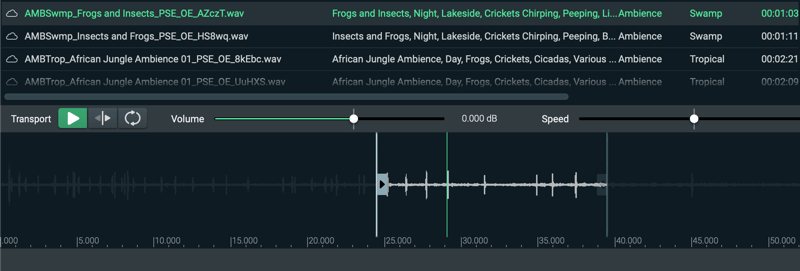
2. Change the speed or pitch.
When auditioning tracks, you may find one that is almost right. If you are using a sound effects database management tool like SoundQ, the easiest thing you can do is try changing the speed or pitch. By playing back the section of your mix on loop in Pro Tools, you can then audition the sound and adjust the speed or pitch until it fits.
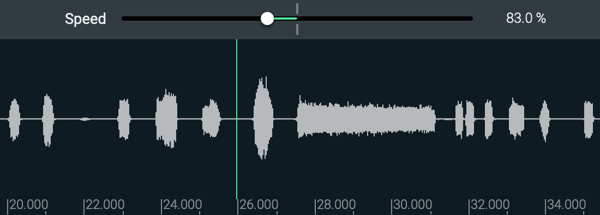
3. Layer more than one track.
Often getting the right sound means using more than one track and layering them together. When building the background for a scene, you will often have better luck breaking the moment down to several key elements that make up that particular space.
If you are cutting backgrounds for an exterior night scene, you may choose one track to establish the sound of distant traffic, another for crickets and third for a few select dog barks in the distance. Similarly, when building a punch or gunshot, the “perfect” sound is often found by layering. Identify the key elements of what the sound should be and focus on finding those elements individually. Building these elements individually will give you much more control of the sonic flow of the scene or shot.
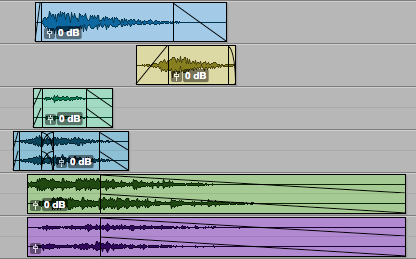
4. If all else fails, go nuts.
If you have tried everything above and nothing in your library is working, it is worth going beyond the steps above to make something work. Especially with more design heavy of abstract cues (sci-fi, dreams, etc), tools like Cargo Cult’s Envy, Krotos’ Sound Design Bundle 2 or Sound Particles can all take your sound library in new directions. Ask any seasoned sound designer and they will have a few similar tricks up their sleeve.
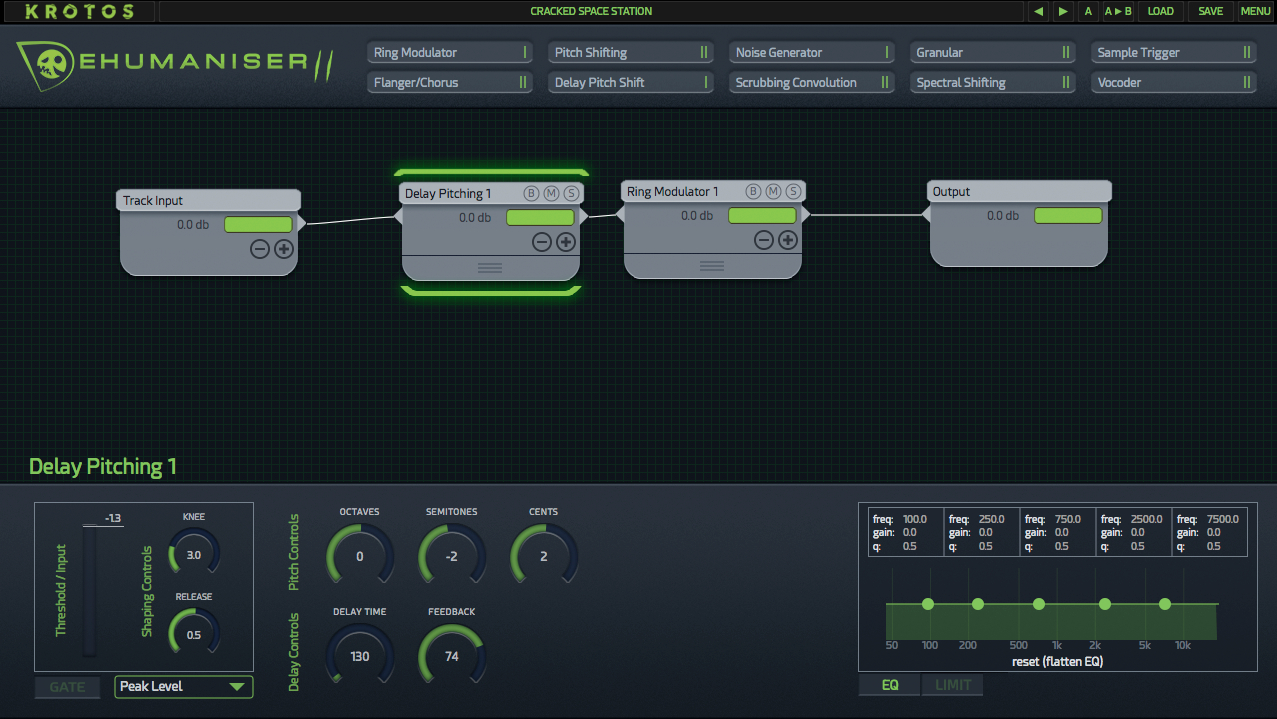
Final Thoughts
The longer you work as a sound effects editor or sound designer, the more intuitive this process will become. As you build a library, you will get to know it like the back of your hand. That being said, there are always going to be some sounds you just can’t cover from a library. Take these cues as an opportunity to go record them yourself and fill another hole in your library.
 Korey Pereira is the owner of Soularity Sound, based in Austin, Texas. He is an active member of the Motion Picture Sound Editors (M.P.S.E.) and a Lecturer at the University of Texas at Austin.
Korey Pereira is the owner of Soularity Sound, based in Austin, Texas. He is an active member of the Motion Picture Sound Editors (M.P.S.E.) and a Lecturer at the University of Texas at Austin.
Instagram: instagram.com/soularitysound
Twitter: twitter.com/SoularitySound
LinkedIn: linkedin.com/in/koreypereira













